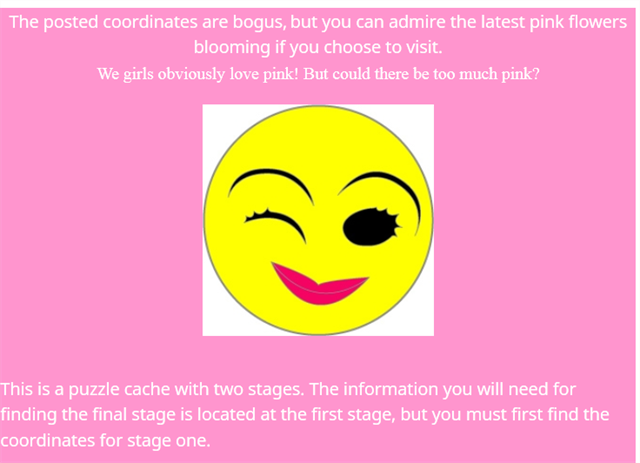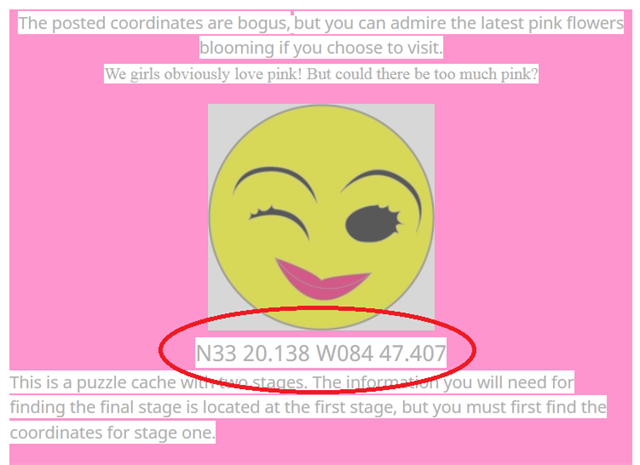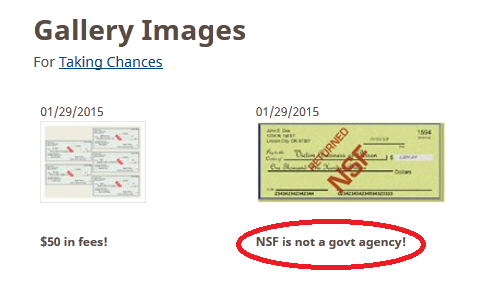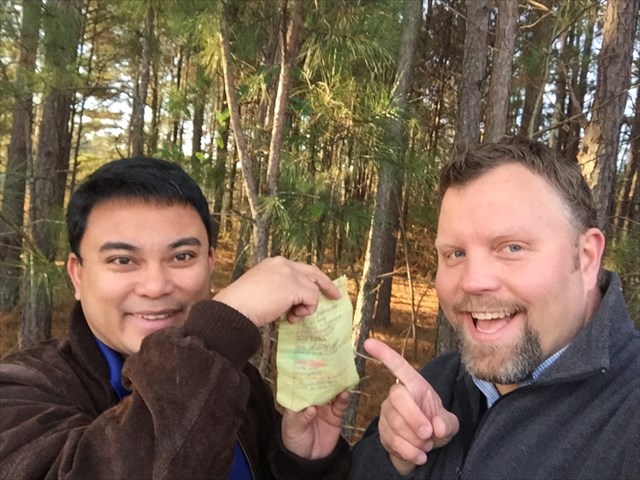I am not much of a puzzler but I did enjoy learning how to solve many different types of puzzles from some master puzzlers. The goal in this series is to remove the fear of puzzles and introduce newer cachers to the fun of solving a puzzle without help. Once you have cracked the code and have the ah-ha moment you may be hooked!
I attended a puzzle solving geocache event in November 2014 held by Baxter929. The Coweta County Fair building was full with geocachers looking to unlock the key to solving puzzles. Afterwards I was a bit overwhelmed so I decided to work on a few famous geo-puzzles and before I knew it I had finally understood what all the hype is about!
Before we start.... please remember that the reason some cachers solve puzzles so quickly is because they have "seen" it before. Some of the concepts and ciphers are very unique and once you have experience with one or two you can pick out the right one quickly. In each lesson I will discuss the concept, give an example, and then allow you to solve the puzzle for a much deserved smiley!
A good puzzle is one that is accurate, solvable, and fun! Always remember that when solving or creating a puzzle. In all my puzzles I put in something personal to make it more meaningful and unique. A special thanks to Epeterso2, Southernflip, Cachundtiet, KatelinH, Baxter929, and Waterfan5 for taking samples of their puzzles and for teaching me how to be a much better puzzler.
This is the 2nd puzzle in the series. Please complete them in order!
PUZZLE TWO- Cache Page Secrets
There are many types of puzzles that require a person to analyze one or more parts of the cache page. In some cases an investigation of the cache page will reveal the coordinates and in others it will provide you with some information that will help you solve another type of puzzle. Sometimes the cache page will give you hints or valuable information when decoding a cipher. So pay attention! It is impossible for me to give you all the ways and places to solve a puzzle but in this lesson we learn to follow three simple rules when reviewing a cache page:
- Investigate anything out of place
- Never assume something is correct
- Details, details, details
First of all…..I prefer to review puzzles on a web browser and not a mobile device. Mobile devices sometimes remove valuable text, pictures, or other information. For example; the iPhone will not display html “white” text in safari, but Samsung phones will.
Let’s start by reviewing a somewhat comprehensive list of where clues or solutions can be hidden in a cache page.
Cache name: The cache name may be random or it may tell you how to solve the puzzle. A great example of this is GC4WTDG Caesar Salad with Bacon. The puzzle itself is a multi-layer cipher but the title gives away the two ciphers needed and the order in which you solve them. If you didn’t pay close attention to the cache name the puzzle would have been even more difficult!
Cache owner’s name: the cache owners name on a cache page is actually a free form text box. Whatever the cache owner (CO) types in the box will be posted. If you click on the cache owner’s hypertext it will bring you to the actual cache owner’s profile. The benefit of this is for those who adopt caches and want to keep the owner name the same. The benefit for a puzzler is that it gives one more place to hide information and clues.
I always take a brief glance at the cache owner’s name. If it is not the same as the actual owner of the cache I make note of it as there is usually a reason there is a mismatch. It may be a keyword for a cipher or a helpful clue.
Related web page: This is another place to hide valuable information. The related webpage link is commonly overlooked and may contain the answer to your puzzle.
Here is a great example- GC5KZX8 What are the Odds. The related webpage gives away the answer and zero math is required! The CO on this puzzle is a great guy by the way!
Short description: The short description is limited to 500 characters of less. That is more than enough space to slip in a hint or clue to solving a puzzle. In the short description look for hypertext, links, highlighted text, or any other information that may help you solve the puzzle. I have heard of stories where in the short description a cache owner typed- “The hide is not not at the posted coordinates.” In this case the double negative cancels itself out and the final is at the posted coordinates. Skimming the short description would have rendered the puzzle unsolvable!
Long description: The long description has no limit on characters (since you can include html links and pictures). Similar to the short description I look for hypertext, links, highlighted text, large “gaps”, between text that can hide things and other information that may help you solve a puzzle. On my web browser sometimes I “select all” items with my mouse and scroll to see if any text is hidden in a different color. Here is a prime example-
GC2V2DB Too much Pink
Cache Page before highlighting all text-

Cache page after highlighting all the text- coordinates appear!

HTML: Information or coordinates can be hidden in the source code of a cache listing. Right click on the cache page and select view source. You are looking for user supplied html which starts with <!-- And ends with -->. The user supplied html will show green in all browers. Once you see the source code select CTRL-F and type in <!-- And hit enter. It will bring you to the green text immediately.

Images and their descriptions: Images uploaded to the gallery and on the webpage can be a great source of information to solve a puzzle. Uploading and linking html to an image isn’t a 5 second job so the cache owner placed it there for a reason. The reason could be to help you or cause misdirection. I will go over image analysis in much greater detail but here is a short list of things I have seen done with images in puzzles to hide answers, coordinates, or how to solve it.
- Hidden in the background, cache page, or gallery images
- An image is on the cache page but is not in the gallery. It means it is linked to another page! Go check the other page out
- The name or caption on an image has the coordinates or a clue

- Zoom in on images in a photo editor to look for obvious coordinates
- An image is in the gallery twice! One is a red herring the other may have some information
Hints: The hint section of a cache is not cheating! On puzzle caches sometimes it may be required to solve the puzzle. I check the hint almost right away as sometimes it gives you a nudge on how to begin.
GC ID: The GC ID for this cache is GC6AVBN. It actually converts to a 7 digit number. You can find GC ID conversion tools online. If I were to convert GC6AVBN to a number I would get 5453264. Some puzzles may require the conversion as a keyword for a cipher or as the actual puzzle answer itself.
Log entries: Log entries are a wild card area. I have seen some crazy stuff going on in that area. The cache owner may post a comment which leads to a clue or even talk about other caches in the cache description. Upon further inspection you look at those “other” cache pages and see they gave clues in their found logs of caches they do not own. Some crafty cache owners will type a log and the words will be a hyperlink without the line under them. The hyperlink then brings you to another cache page, picture, or clue.
Travel bugs: I personally have not seen a TB puzzle but I have been told about them. A cache owner will activate a TB and place it in the geocache. The cache page will show it holds one TB and if you go to the cache page it gives you the solution. Very crafty indeed! In other cases you must find a certain travel bug which has a code or key to open or solve the cache. An example of this is
GCWGCJ General Dan Newnan
PUZZLE:
 I think you are on to something. Keep looking... it's not white text!
I think you are on to something. Keep looking... it's not white text!